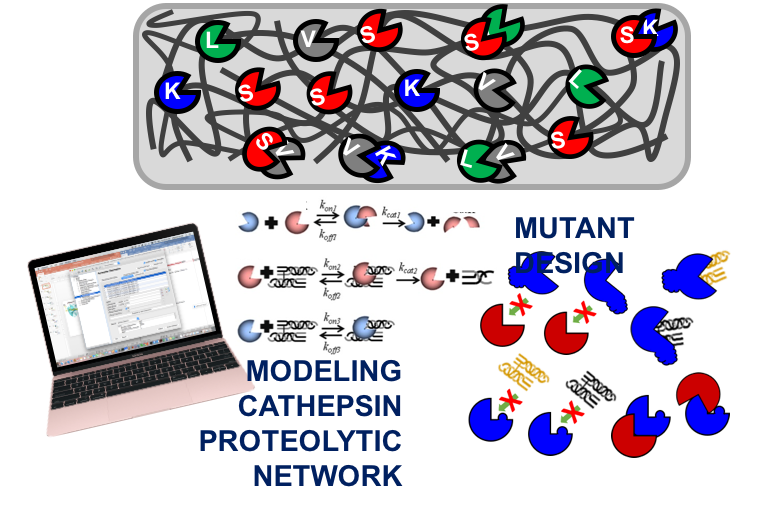Intra-tumor heterogeneity can be estimated by diversity-based summary statistics that can be leveraged to predict clinical outcomes.
Investigating the underlying evolutionary dynamics of clonal hematopoietic diseases such as myelodysplastic syndromes and chronic myelomonocytic leukemia is important to understand where the heterogeneous clinical presentation of these malignancies with a limited amount of genomic heterogenetic. To this end, my efforts have focused on quantifying heterogeneity in tumor samples, compared to healthy cases, in attempts to identify key phenotypic signatures that can ultimately be used prognostically in the clinical setting. Specifically, I have developed a pipeline for analyzing single cell RNA-sequencing data and establishing that a generalized diversity index can successfully and robustly discriminate between normal and malignant tissue. Furthermore, higher diversity indicates higher clonality and this trend is replicated in both solid and liquid tumor samples. The more I think about this work and trying to tease apart what could indicate a cancerous versus non-cancerous phenotype, the more I realize that traditional tissue aging has not been well studied and we need to know what “normal” aging cells look like to be able to identify when homeostasis gone wrong becomes cancerous.
- Ferrall-Fairbanks MC, Ball M, Padron E, Altrock PM. “Leveraging single cell RNA sequencing experiments to model intra-tumor heterogeneity.” JCO Clinical Cancer Informatics. 2019 Apr: 3:1-10. doi: 10.1200/CCI.1800074 PMID: 30995123
- Ferrall-Fairbanks MC, Ball M, Padron E, Altrock PM. “Quantifying intraleukemic heterogeneity through single cell RNA-sequencing.” Oral presentation at the 2019 International Conference of Systems Biology of Human Disease, May 27-29, 2019, Charité Universitätsmedizin Berlin, Kaiserin Friedrich-Haus Berlin, Berlin, Germany
